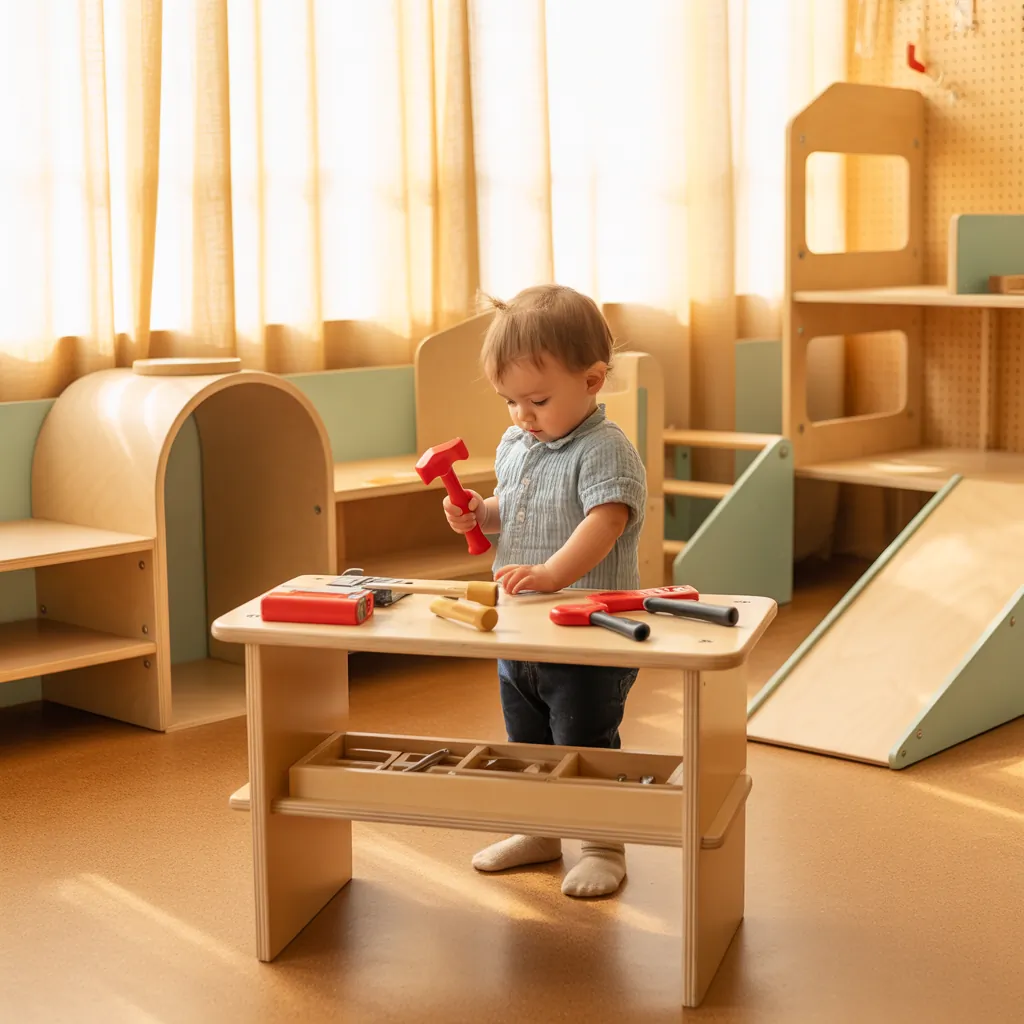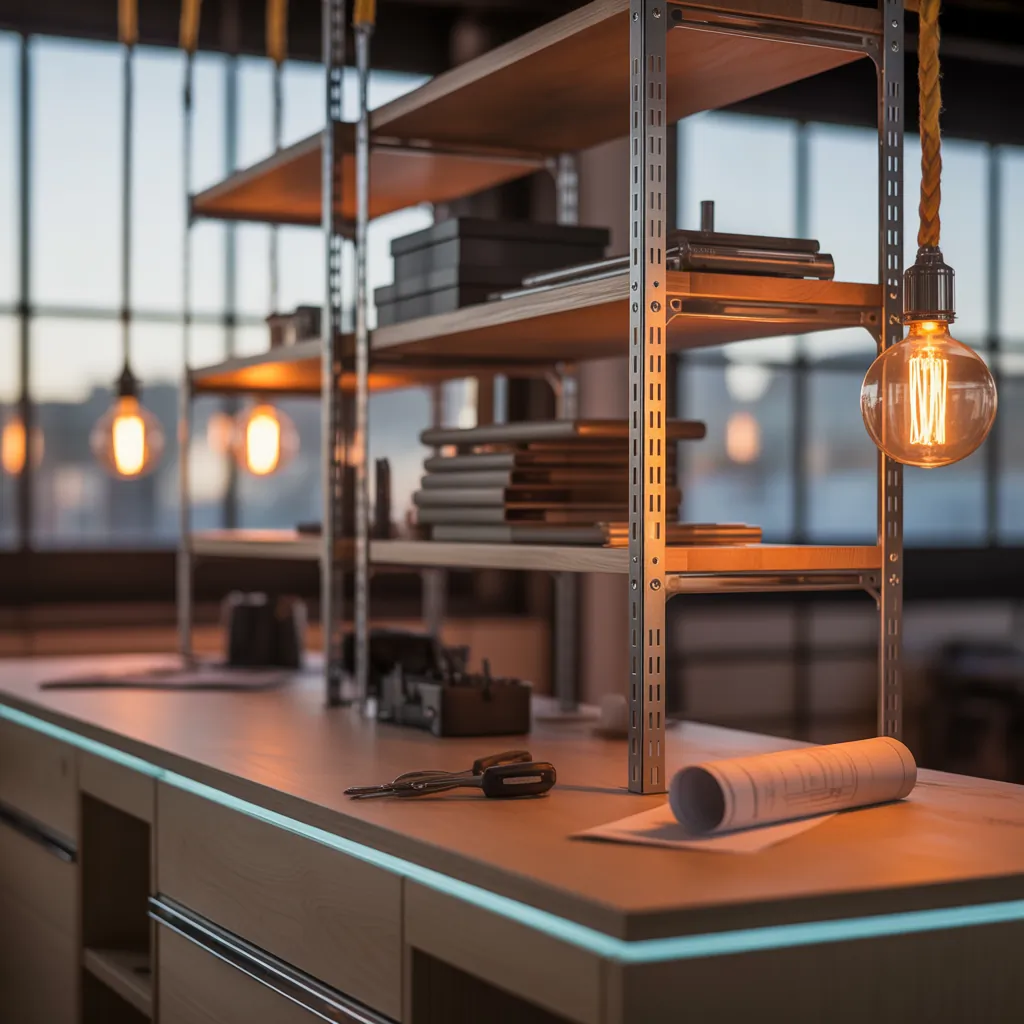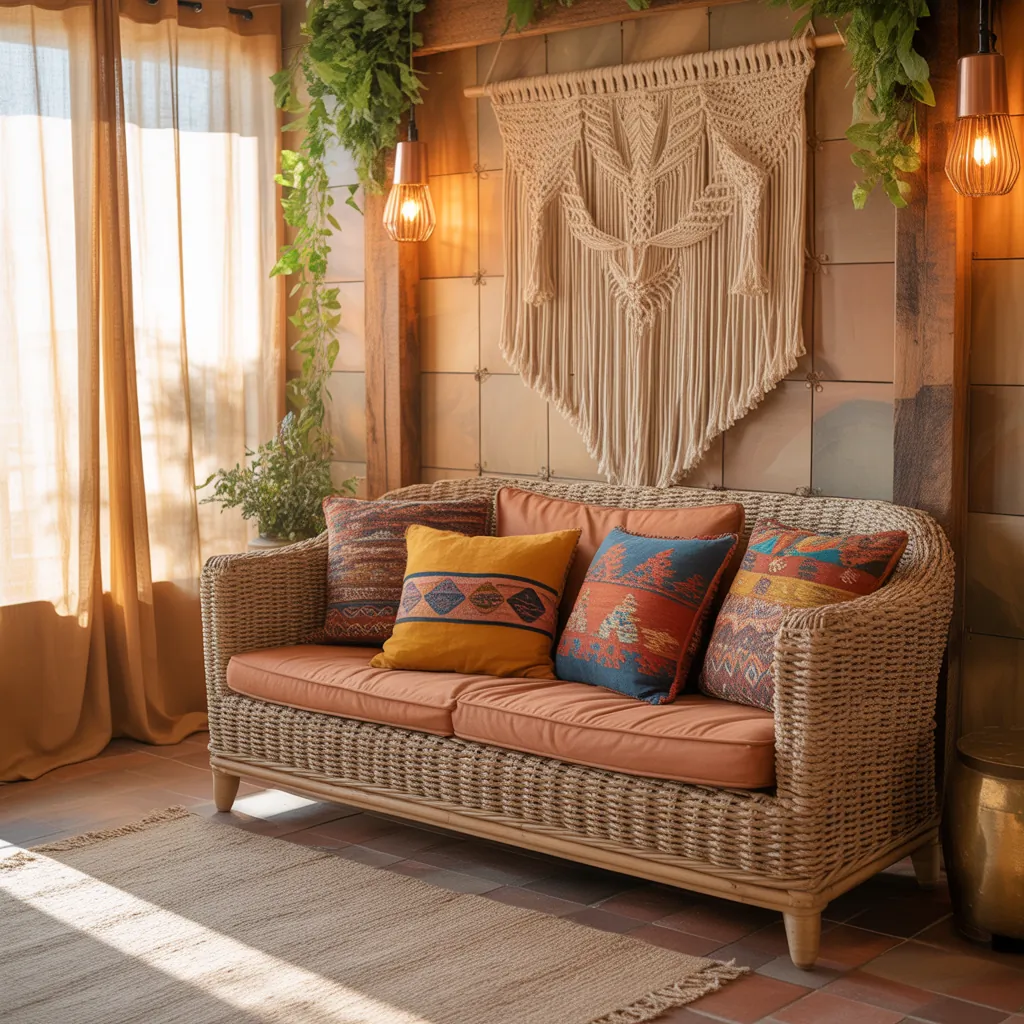Rainy Saturday. Toddler energy through the roof. You search “indoor toddler playground ideas near me” and find parks closed, play centers crowded, and expensive memberships. Instead of driving across town, imagine transforming a spare corner of your home into a soft, stimulating indoor play area that keeps kids busy, safe, and engaged. In this post I’ll walk you through practical DIY ideas, safety tips, and layout inspiration to build a toddler-friendly indoor playground without breaking the bank.
Why Create an Indoor Playground at Home?
Indoor play spaces let your child burn off energy, develop motor skills, and explore sensory activities in a controlled environment. A home-based solution eliminates travel time, lets you customize to your child’s needs, and can integrate with your existing decor. Whether you have a dedicated playroom or a multi-use living area, small-space toddler play areas can be stylish and functional.
Planning Your Space: Assess, Prioritize, and Design
Measure and Map
Start by measuring the available area and sketching a simple floor plan. Note doors, windows, radiators, and furniture. Prioritize a clear zone for active play (running, climbing, sliding), a quiet corner for books and puzzles, and a sensory station for tactile exploration.
Set Safety and Age Goals
Decide on age-appropriate equipment and safety boundaries. Toddlers need soft landings, no sharp edges, and low platforms. Plan storage for small toys and choking hazards out of reach.
Top DIY Indoor Toddler Playground Ideas Near Me (That Work at Home)
Below are tested, realistic DIY projects you can complete over a weekend or in staged steps.
1. Soft Play Mat Zone
- Buy interlocking foam tiles or layer thick area rugs with nonslip pads. Choose waterproof or washable covers for spills.
- Create an obstacle course with foam blocks, tunnels, and pillows to encourage crawling and balance.
2. Low Climbing Ramp and Slide
- Build a simple plywood ramp (1–2 feet high) with soft carpeting and side rails. Anchor securely to the floor or wall.
- Attach a small plastic slide or incline board. Ensure the landing has extra padding.
3. Sensory Corner
Install a sensory wall panel with textured fabrics, mirrors, and safe tinkling elements. Add a tactile bin (rice, pasta, water beads with supervision) and soft lighting to create a calm corner for exploration.
4. Mobile Play Stations
Use stackable crates or rolling carts to make rotating activity stations—art, blocks, and puzzles. Mobility lets you move the fun near you while working in the kitchen.
5. Modular Soft Blocks
Make or buy soft foam shapes that double as seating, steps, and forts. They’re light, washable, and perfect for imaginative play.
Design Inspiration: Make It Pretty and Practical
Design doesn’t have to scream “playroom.” Use neutral palettes with colorful accents, low shelving for toys, and framed art that hides storage bins behind an attractive façade. Consider these touches:
- Magnetic chalkboard wall for art that’s easy to change.
- Window seat storage for books and cozy reading nooks.
- Removable wall decals for themes that evolve with your child.
Safety Checklist for Indoor Play Areas
Before your toddler joins the fun, run through this checklist:
- Anchor tall furniture and bookshelves to the wall.
- Cover electrical outlets and secure cords.
- Choose non-toxic paints and finishes.
- Keep small parts out of reach and regularly inspect equipment for wear.
- Ensure adequate supervision and emergency access.
Budget-Friendly Tips and Materials
You don’t need expensive gear—repurpose household items:
- Old pillows and blankets = soft fort materials.
- Cardboard boxes become tunnels and castles with a little tape and paint.
- Second-hand foam mats or gently used play equipment can be sanitized and reused.
Step-by-Step Mini Project: Build a Toddler Climbing Wall
Quick weekend build to boost gross motor skills.
- Choose a 4–6 foot wide section of wall, preferably above a soft mat.
- Install low wooden holds or attach soft climbing footholds (spaced to toddler reach).
- Keep holds shallow, rounded, and secured with anchors.
- Add a cushioned landing with thick foam tiles and ensure the area is supervised while in use.
Where to Look When You Search “Indoor Toddler Playground Ideas Near Me”
When parents search for “indoor toddler playground ideas near me” they’re often seeking inspiration, local setups, or supplies. Visit local craft stores, second-hand shops, or community centers for affordable materials. You can also use neighborhood buy-and-sell groups to find gently used slides, foam shapes, or shelving that fits your space and budget.
Real-World Advice from a DIY Blogger
Start small and iterate. I recommend creating one high-impact zone (like a soft mat + sensory corner) before expanding. Involve your toddler in choosing colors and textures—they’ll feel proud of their space. And document progress: take before-and-after photos for future updates or to share with other parents looking for ideas.
Frequently Asked Questions
1. What are the best materials for a safe indoor toddler playground?
Use EVA foam tiles, thick area rugs with nonslip backing, washable fabrics, and soft foam shapes. Avoid glass, sharp metal parts, and toys with small detachable pieces for toddlers.
2. How much space do I need to create a functional indoor play area?
You can make a functional play zone in as little as 20–30 square feet. Prioritize a clear activity area, a storage wall, and a quiet corner. Modular furniture helps maximize flexibility in small rooms.
3. Can I combine the play area with living spaces safely?
Yes. Use area rugs, low shelving, and room dividers to define the play zone. Keep breakable items out of reach and teach boundaries. Removable gates or curtain dividers give visual separation when needed.
Conclusion — Start Building Your Indoor Playground Today
Searching “indoor toddler playground ideas near me” is a great first step—now bring those ideas home. With a little planning, basic tools, and creative repurposing, you can build a safe, engaging indoor play space your toddler will love. Ready to begin? Try one small DIY project this weekend—install foam tiles or create a sensory corner—and expand from there. For more step-by-step inspiration, check out our DIY projects and explore related tips on home design ideas or kitchen upgrades for family-focused home improvements.



